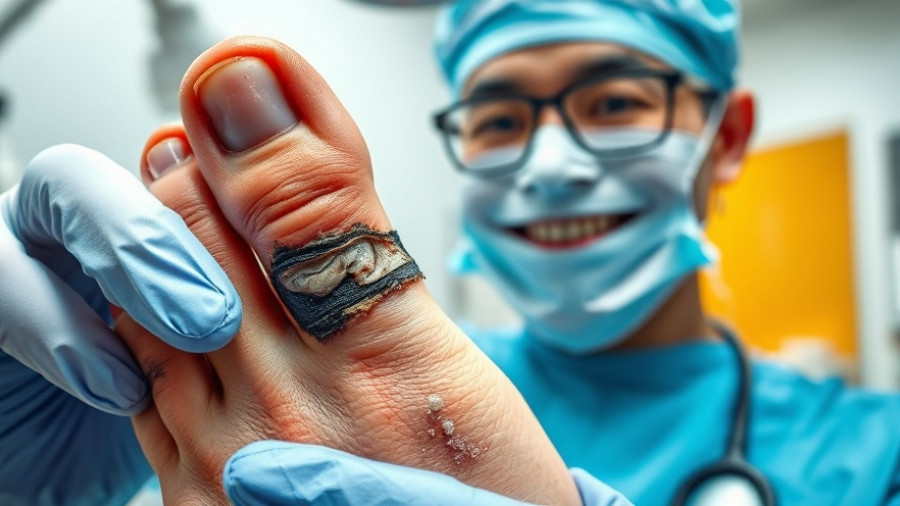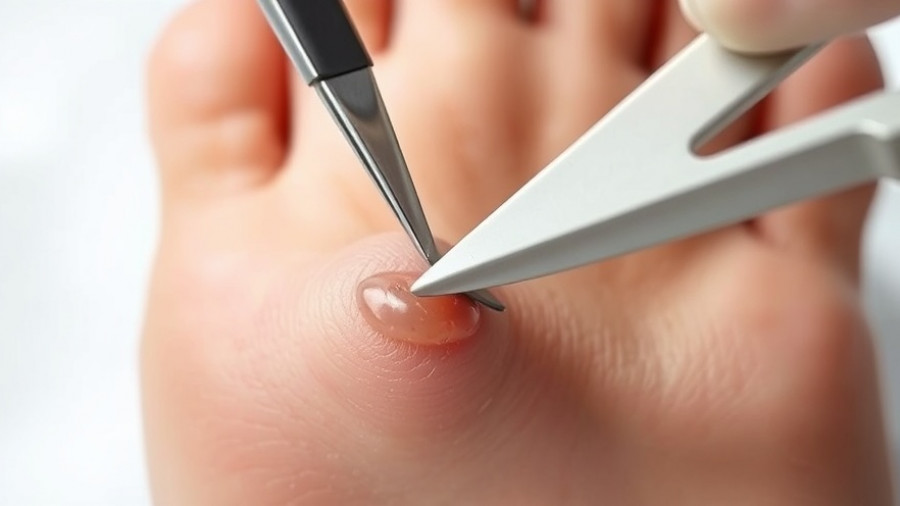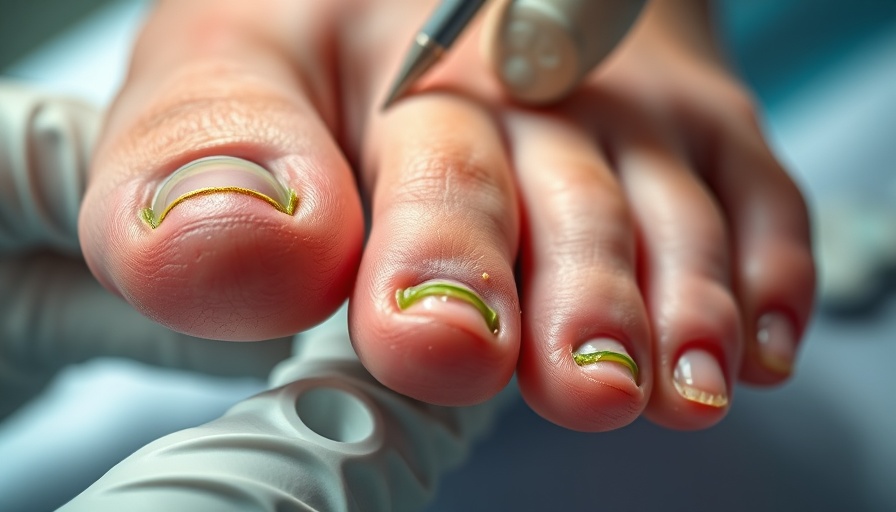
Understanding Toenail Damage: A Common Issue
The removal of damaged toenails is a procedure that many experience, yet few understand comprehensively. In recent discussions, particularly in the video titled Damaged Thick Toenail Removal | MissFootFixer, the expert, Marian Yao, provides valuable insights into the process and its implications for health and hygiene. Many individuals face toenail problems due to an array of reasons, including improper nail care, athletic activities, and even systemic health issues. Understanding the conditions that lead to damaged toenails can not only help with early intervention but also encourage individuals to seek professional help sooner rather than later.
In Damaged Thick Toenail Removal | MissFootFixer, we delve into the nail removal process and its relevance, prompting a deeper exploration of toenail health.
Common Causes of Thickened Toenails
Thickened toenails, often seen in cases like the one addressed by MissFootFixer, can arise from various underlying conditions. Factors such as fungal infections, trauma, or even genetic predispositions can contribute to the thickening and deformations observed. For instance, onchomycosis, or toenail fungus, frequently presents with nails that grow thick and discolored. This condition, if left untreated, can evolve, causing pain and further complications, which is why awareness is critical.
Importance of Professional Intervention
As highlighted in the video, a professional nail removal procedure can alleviate pain and prevent future complications, particularly if the toenail is damaged beyond safe repair. During the surgery, a digital block anesthetic was used to minimize discomfort, illustrating the importance of proper medical care. Following such procedures, patients often wonder about the effectiveness of treatments like nail fungus laser treatment or topical solutions like Jublia or Kerasal. Consulting with a qualified healthcare provider is essential to determine the best course of action for each unique case.
The Recovery Process: What to Expect
Post-surgery, the recovery phase plays a crucial role in ensuring that the toenail grows back healthily. Patients should follow their doctor's guidelines closely which may include care instructions like protecting the toe and managing any bleeding. Understanding the healing process helps alleviate fears and prepares individuals for when to seek additional medical interventions, should complications arise. Regular follow-ups are advised to monitor growth and ensure no infection occurs.
Home Remedies for Toenail Health
For those dealing with less severe symptoms or looking for preventive care, home remedies can be effective. Options such as applying Vicks VapoRub, known for its anti-fungal properties, or using Emuaid, a topical solution, can offer relief from superficial issues. Maintaining toenail hygiene through regular trimming and proper drying practices can greatly reduce the risk of painful conditions. Moreover, reliable tools like Scholl nail clippers ensure a clean cut, essential for nail health.
Concluding Thoughts on Nail Care Awareness
As explored through the insights drawn from the video, understanding nail health is vital. For individuals with similar struggles, the key takeaway is not just immediate treatment but also prevention through knowledge. Procedures and treatments such as toenail removal and fungal treatments should be viewed as part of a broader commitment to foot health. Anyone experiencing toenail issues is encouraged to prioritize self-care, seek professional advice, and explore treatment options tailored to their specific risks and needs.
If you find yourself experiencing any toenail-related issues, don’t hesitate to consult with a nail fungus specialist or visit a health center nearby. Understanding your options, alongside taking proactive measures, can lead you towards healthier toenails.
 Add Row
Add Row  Add
Add 




Write A Comment